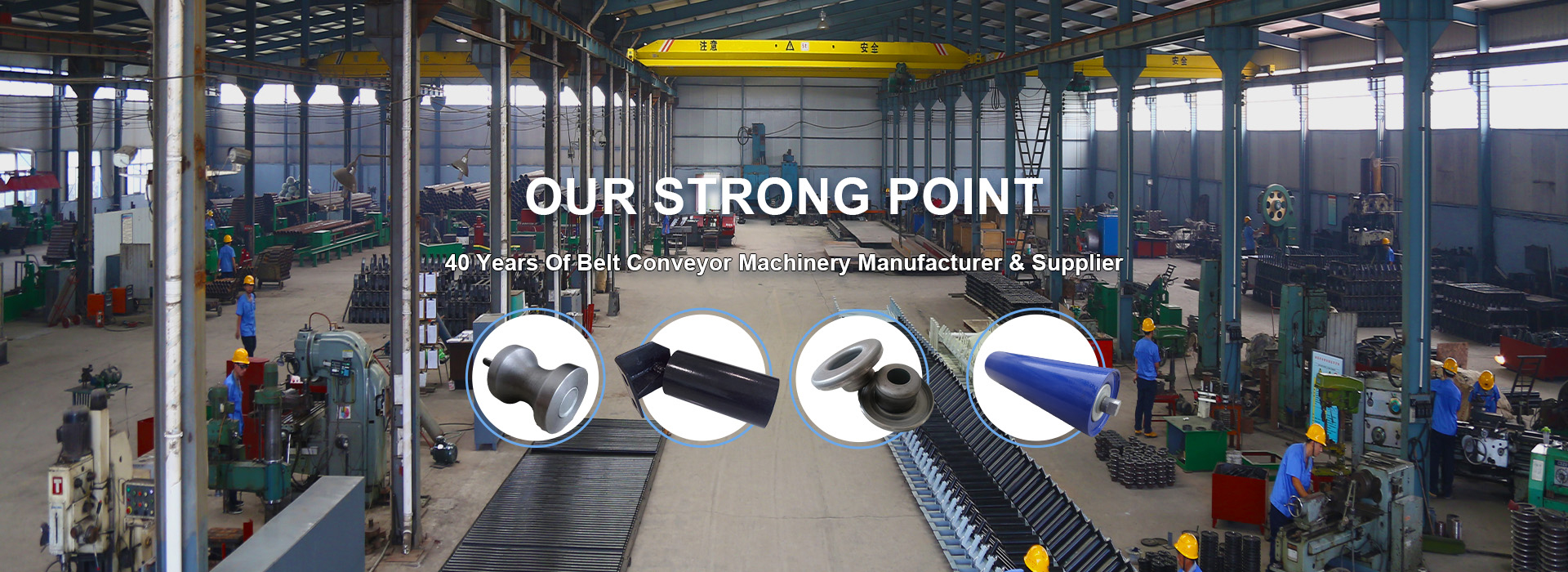 Afrikaans
Afrikaans  Albanian
Albanian  Amharic
Amharic  Arabic
Arabic  Armenian
Armenian  Azerbaijani
Azerbaijani  Basque
Basque  Belarusian
Belarusian  Bengali
Bengali  Bosnian
Bosnian  Bulgarian
Bulgarian  Catalan
Catalan  Cebuano
Cebuano  Corsican
Corsican  Croatian
Croatian  Czech
Czech  Danish
Danish  Dutch
Dutch  English
English  Esperanto
Esperanto  Estonian
Estonian  Finnish
Finnish  French
French  Frisian
Frisian  Galician
Galician  Georgian
Georgian  German
German  Greek
Greek  Gujarati
Gujarati  Haitian Creole
Haitian Creole  hausa
hausa  hawaiian
hawaiian  Hebrew
Hebrew  Hindi
Hindi  Miao
Miao  Hungarian
Hungarian  Icelandic
Icelandic  igbo
igbo  Indonesian
Indonesian  irish
irish  Italian
Italian  Japanese
Japanese  Javanese
Javanese  Kannada
Kannada  kazakh
kazakh  Khmer
Khmer  Rwandese
Rwandese  Korean
Korean  Kurdish
Kurdish  Kyrgyz
Kyrgyz  Lao
Lao  Latin
Latin  Latvian
Latvian  Lithuanian
Lithuanian  Luxembourgish
Luxembourgish  Macedonian
Macedonian  Malgashi
Malgashi  Malay
Malay  Malayalam
Malayalam  Maltese
Maltese  Maori
Maori  Marathi
Marathi  Mongolian
Mongolian  Myanmar
Myanmar  Nepali
Nepali  Norwegian
Norwegian  Norwegian
Norwegian  Occitan
Occitan  Pashto
Pashto  Persian
Persian  Polish
Polish  Portuguese
Portuguese  Punjabi
Punjabi  Romanian
Romanian  Russian
Russian  Samoan
Samoan  Scottish Gaelic
Scottish Gaelic  Serbian
Serbian  Sesotho
Sesotho  Shona
Shona  Sindhi
Sindhi  Sinhala
Sinhala  Slovak
Slovak  Slovenian
Slovenian  Somali
Somali  Spanish
Spanish  Sundanese
Sundanese  Swahili
Swahili  Swedish
Swedish  Tagalog
Tagalog  Tajik
Tajik  Tamil
Tamil  Tatar
Tatar  Telugu
Telugu  Thai
Thai  Turkish
Turkish  Turkmen
Turkmen  Ukrainian
Ukrainian  Urdu
Urdu  Uighur
Uighur  Uzbek
Uzbek  Vietnamese
Vietnamese  Welsh
Welsh  Bantu
Bantu  Yiddish
Yiddish  Yoruba
Yoruba  Zulu
Zulu types of conveyor pulley
Types of Conveyor Pulleys
Conveyor pulleys are essential components in conveyor systems, playing a critical role in the movement of materials. Pulleys serve various functions, such as redirecting the belt, providing tension, and facilitating the loading and unloading of materials. Understanding the different types of conveyor pulleys can help in selecting the most suitable one for a specific industrial application.
1. Drive Pulleys Drive pulleys, also known as head pulleys, are typically located at the end of the conveyor line. They are powered by a motor and are responsible for driving the conveyor belt forward. As the drive pulley rotates, it pulls the belt along with it, enabling the movement of materials. These pulleys are usually made from robust materials to withstand high levels of wear and tear due to constant friction and load.
Types of Conveyor Pulleys
3. Tail Pulleys Located at the opposite end of the drive pulley, tail pulleys are designed to gather the conveyor belt and return it to the head section. They do not drive the belt but are essential for creating a continuous loop, ensuring the belt returns smoothly without any disruption. Tail pulleys may also have a take-up system, which allows for adjusting the belt tension as required.
types of conveyor pulley

4. Return Pulleys These pulleys are located on the return path of the conveyor belt, supporting the belt as it travels back to the drive pulley. They help keep the belt aligned and reduce the friction and wear that can occur as the belt travels back empty. Return pulleys help ensure the longevity of the conveyor system by minimizing unnecessary breakdowns.
5. Snub Pulleys Snub pulleys are used when additional tension is required on the belt. They can redirect the belt and increase contact angles between the belt and the drive pulley, thereby enhancing grip and improving material transport efficiency. Snub pulleys play a key role in ensuring that the drive pulley maintains optimal tension, reducing slippage and enhancing overall performance.
6. Conical Pulleys These specialized pulleys have a conical shape that aids in increasing the belt's angle of contact, thus enhancing the frictional grip. Conical pulleys are often used in applications where increased traction is essential, such as in steep incline conveyors.
In conclusion, the selection of the appropriate conveyor pulley is vital for ensuring efficient material handling and prolonging the lifespan of the conveyor system. Each type of pulley serves a specific function, and understanding their characteristics can greatly enhance operational efficiency. Whether for a simple material transfer or a complex conveyor system, investing in the right pulleys can lead to considerable improvements in performance and reliability.
-
Revolutionizing Conveyor Reliability with Advanced Rubber Lagging PulleysNewsJul.22,2025
-
Powering Precision and Durability with Expert Manufacturers of Conveyor ComponentsNewsJul.22,2025
-
Optimizing Conveyor Systems with Advanced Conveyor AccessoriesNewsJul.22,2025
-
Maximize Conveyor Efficiency with Quality Conveyor Idler PulleysNewsJul.22,2025
-
Future-Proof Your Conveyor System with High-Performance Polyurethane RollerNewsJul.22,2025
-
Driving Efficiency Forward with Quality Idlers and RollersNewsJul.22,2025





























